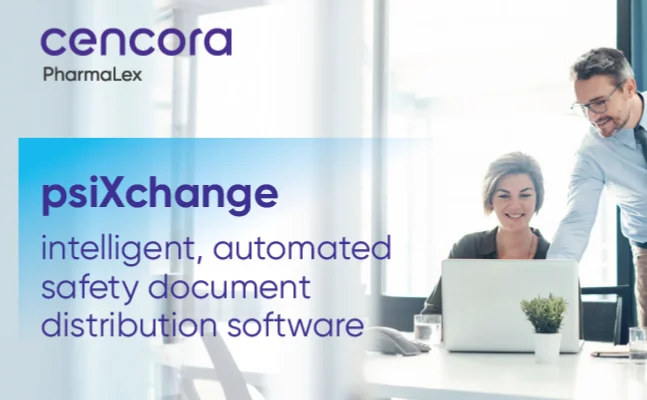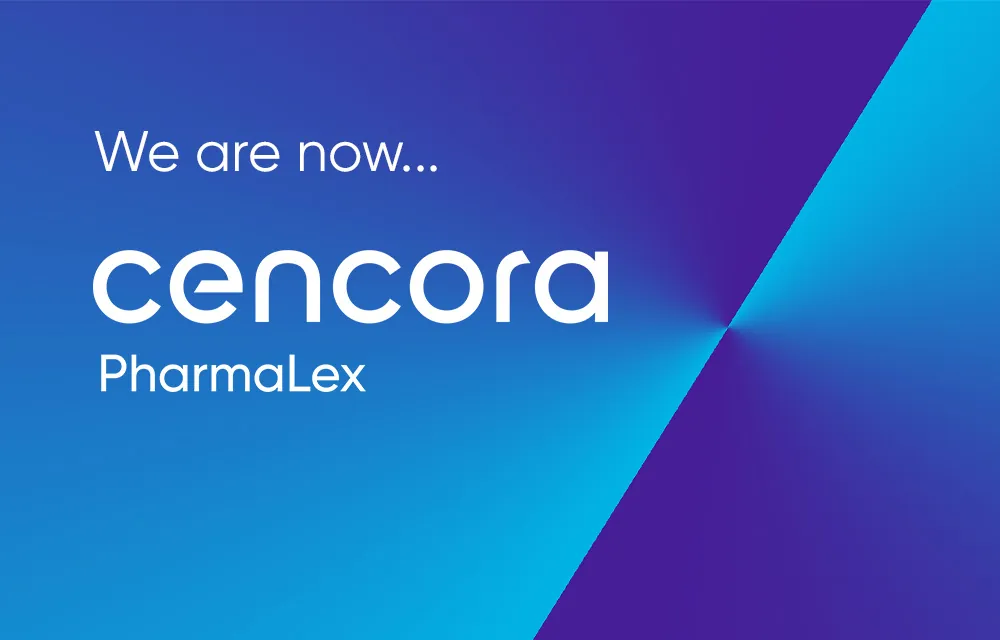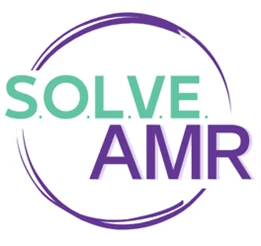Author: Katerina Giannelis
It is no question that in order to obtain market authorisation to import, manufacture and sell a medical device, manufacturers or applicants must adhere to the jurisdiction-specific regulations.
Despite this, continual advancements in medical device technology have encouraged the progression of regulatory practices and global harmonisation strategies that have fostered the implementation of alternate pathways to market. Leading regulators have adopted routes that in some instances, aim to fast-track public access to innovative and emergency use devices, and in other circumstances allow applicants to leverage on existing overseas approvals and documentation to accelerate standard review and approval timelines. Here are a few examples:
Accelerated access to Innovative and Emergency Use Devices
The United States (US) Food and Drug Administration (FDA) and Australia’s Therapeutic Goods Administration (TGA) are two of the leading global regulators that have implemented programs that manufacturers of innovative or emergency use devices can utilise to accelerate timelines to market, influencing regulators globally.
Innovative Devices
The following two pathways are primarily intended for innovative devices that provide a more effective treatment or diagnosis of life-threatening diseases, treat an unmet clinical need where no alternative exists and exhibit a significant clinical advantage over existing devices:
- US FDA Breakthrough devices program – assists manufacturers by enabling ongoing consultation with the FDA throughout the development and assessment processes
- Australian TGA Priority Applicant Pathway – allows those eligible to essentially “jump to the front of the queue” for review, aiming to reduce timelines to market.
Following suit, Japan’s Sakigake designation system acts similarly to the FDA designation system, providing fast-track approval for innovative devices, while Singapore’s priority review scheme, pushes forward qualifying device applications for review, to enable public access to necessary medical technologies.
Emergency and Compassionate Use Devices
Certain pathways also exist for patients access to unapproved medical devices for emergency and compassionate use purposes:
- US FDA Investigational Devices Exemption (IDE)
- Australian TGA Special Access Scheme (SAS)
- Singapore’s Special Authorisation Route (SAR) and
- Malaysia’s Special Access Pathway (SAP)
These apply in circumstances where an individual patient or small groups of patients suffering a life-threatening or serious disease or illness, require immediate intervention to sustain life where no alternative exists. Although these pathways have particular circumstances that must be adhered to, and often involve the judgment of a healthcare professional, they focus on addressing clinical needs in public health to provide timely access to required medical devices.
What the COVID-19 Pandemic Revealed
The COVID-19 pandemic presented a unique circumstance where the great demand for specified medical devices, equipment and pharmaceuticals required significant adaptation of existing regulations to facilitate access. Standard regulatory procedures and timelines to market were greatly reduced globally, presenting manufacturers with an opportunity to import, and supply required medical products in a timely manner. This may also predict the future evolution of global regulations to incorporate permanent pathways that account for these large-scale public health emergencies.
Leveraging Overseas Approvals
In some instances, several global regulators allow manufacturers to leverage on existing overseas medical device approvals, decreasing overall review timelines. These include but are not limited to:
- Australia’s acceptance of comparable overseas approvals in combination with Medical Devices Single Audit Program (MDSAP) certification
- Singapore’s expedited and abridged registration routes
- Malaysia’s recognition of foreign approvals
- India’s recognition of overseas approvals
It is important to note, that the assessment conducted by a regulator is based on the individual subject device and hence the suitability of a particular pathway must be made on a case-by-case basis. Our team is here to support you with navigating the most appropriate application route for your device.Contact us








